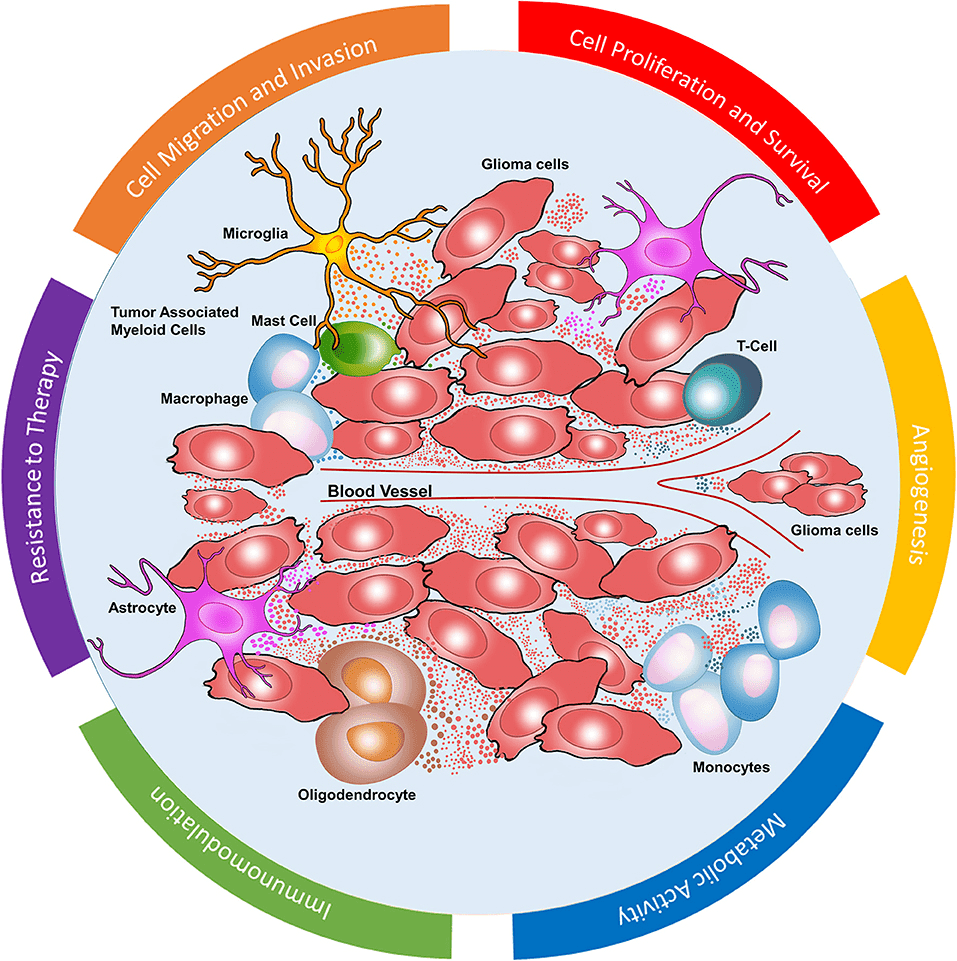Brain Giloma, Tumors are made up of a variety of cells, both cancerous and non-cancerous. The unique complexity of the cells within brain tumours has become a signature of the disease, making therapy extremely challenging. While scientists have long known about the many cells that make up a brain tumour, the way these tumours grow has relied on the assumption that the cells are static, immobile, and largely unchanging.
However, researchers from the University of Michigan Department of Neurosurgery and the Rogel Cancer Center revealed that these aggressive tumours contain highly active cells that migrate throughout tissue in complex ways. Furthermore, accumulations of these elongated, spindle-like cells present throughout the tumour, known as ‘oncostreams,’ serve as the foundation for malignant cell behaviour, determining how tumours develop and infiltrate normal tissue.
According to Pedro Lowenstein, M.D., Ph.D., Richard C. Schneider Collegiate Professor of Neurosurgery and principal author of this study published in Nature Communications, brain tumours are persistent because of their structured growth. “Brain tumours are extremely fatal, with less than 5% of patients lasting beyond five years,” he explained. “Unfortunately, it is recurrence that ultimately kills patients. They get surgery for their initial tumour, but it always returns within 12 to 18 months “he stated.

Lowenstein and his colleagues, led by Maria Castro, Ph.D., discovered that overexpression of Collagen 1, a protein generated by tumour cells, is required for the creation and function of these structures.
The researchers worked with Todd Hollon, M.D., assistant professor in the Department of Neurological Surgery at Michigan Medicine, and Sebastien Motsch, Ph.D., associate professor of mathematics at Arizona State University, to develop artificial intelligence algorithms to recognise the structures in tissue.
“Basically, we displayed photos to a computer, and the computer eventually learned to detect oncostreams,” explained Lowenstein.
Dismantling oncostreams by removing Collagen 1 could be an unique therapeutic target for treating fatal brain cancers. “This research demonstrates the critical need of continuing to understand the intricate extracellular matrix,” says Andrea Comba, Ph.D., the study’s research investigator and first author.
“We propose targeting tumour collagen to disrupt oncostreams and as potential therapy for the treatment of brain glioma based on this result,” she said.










































